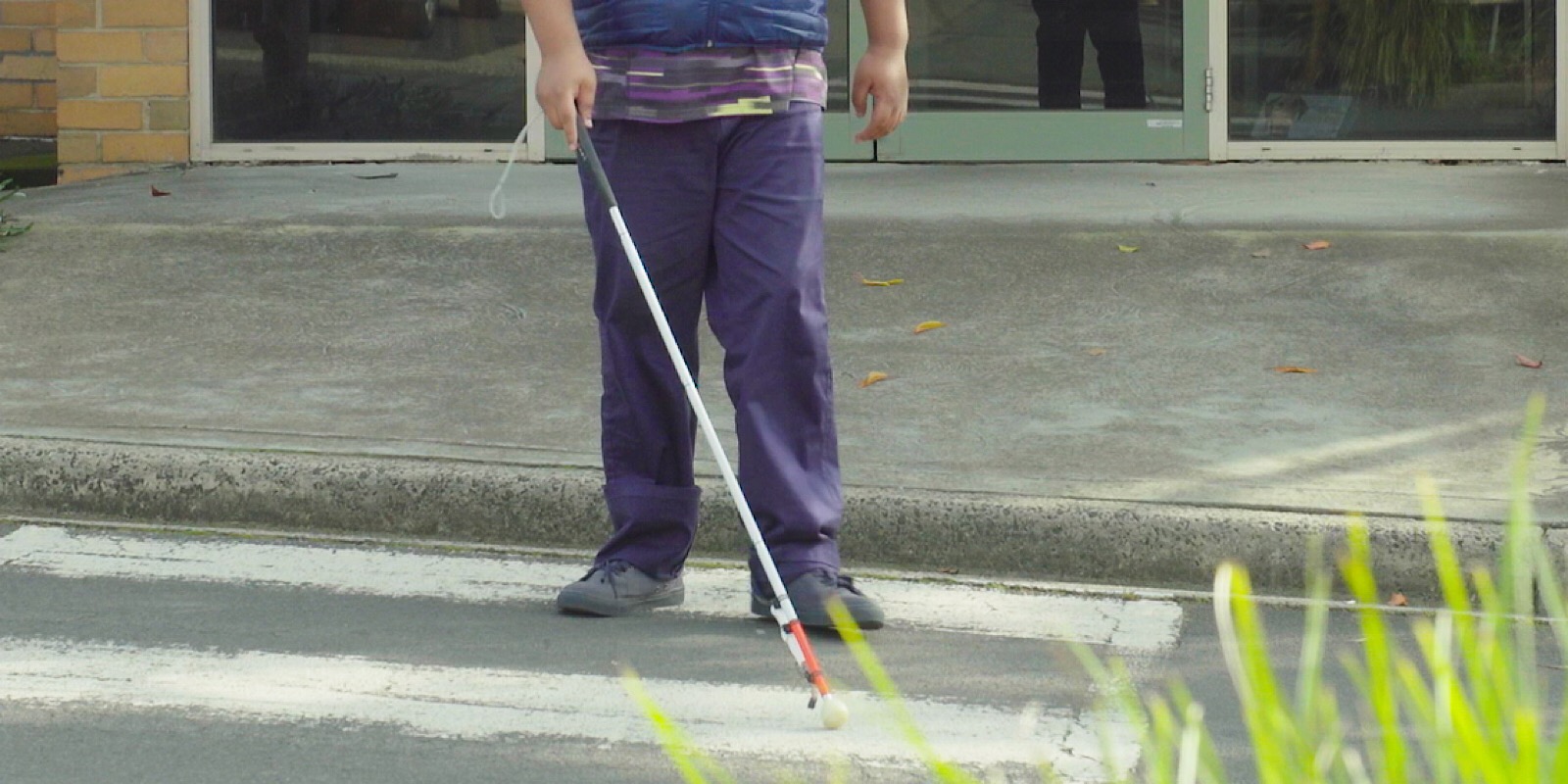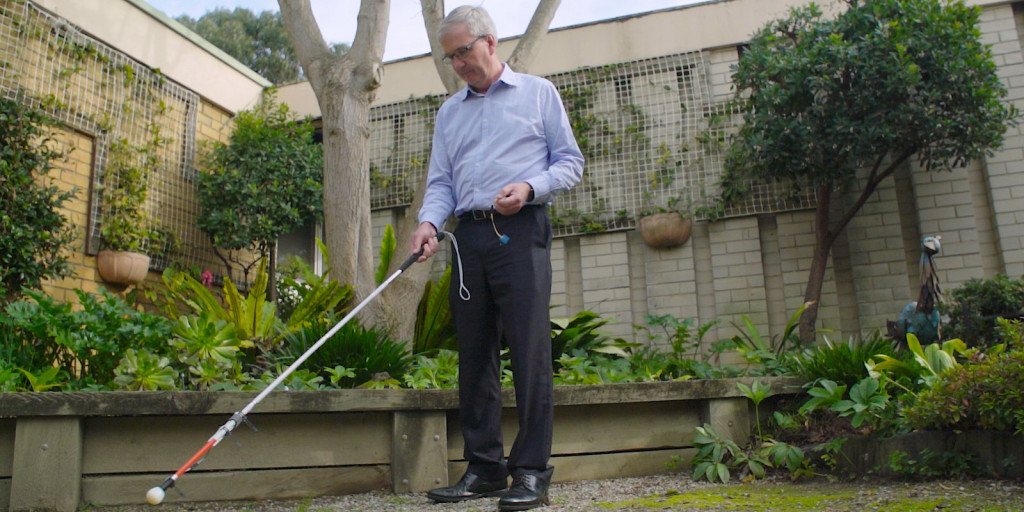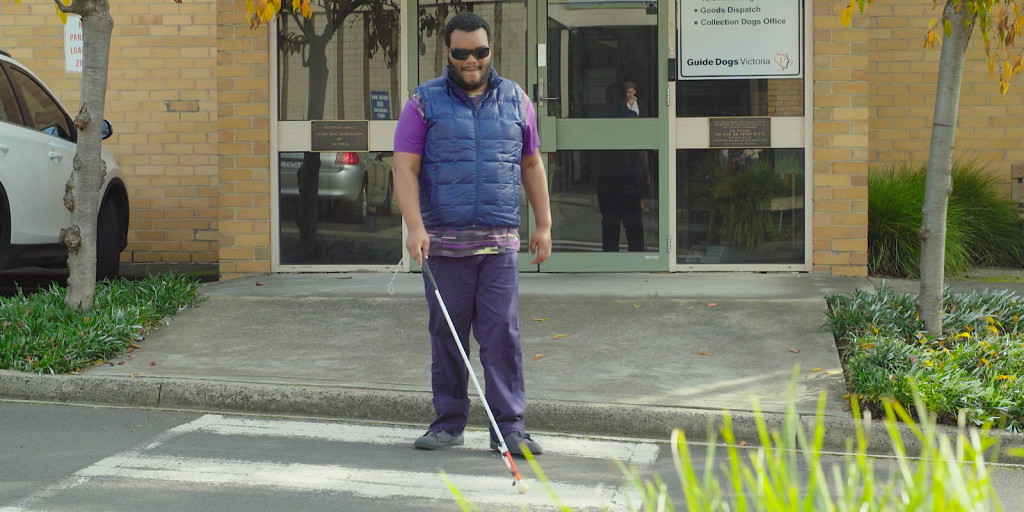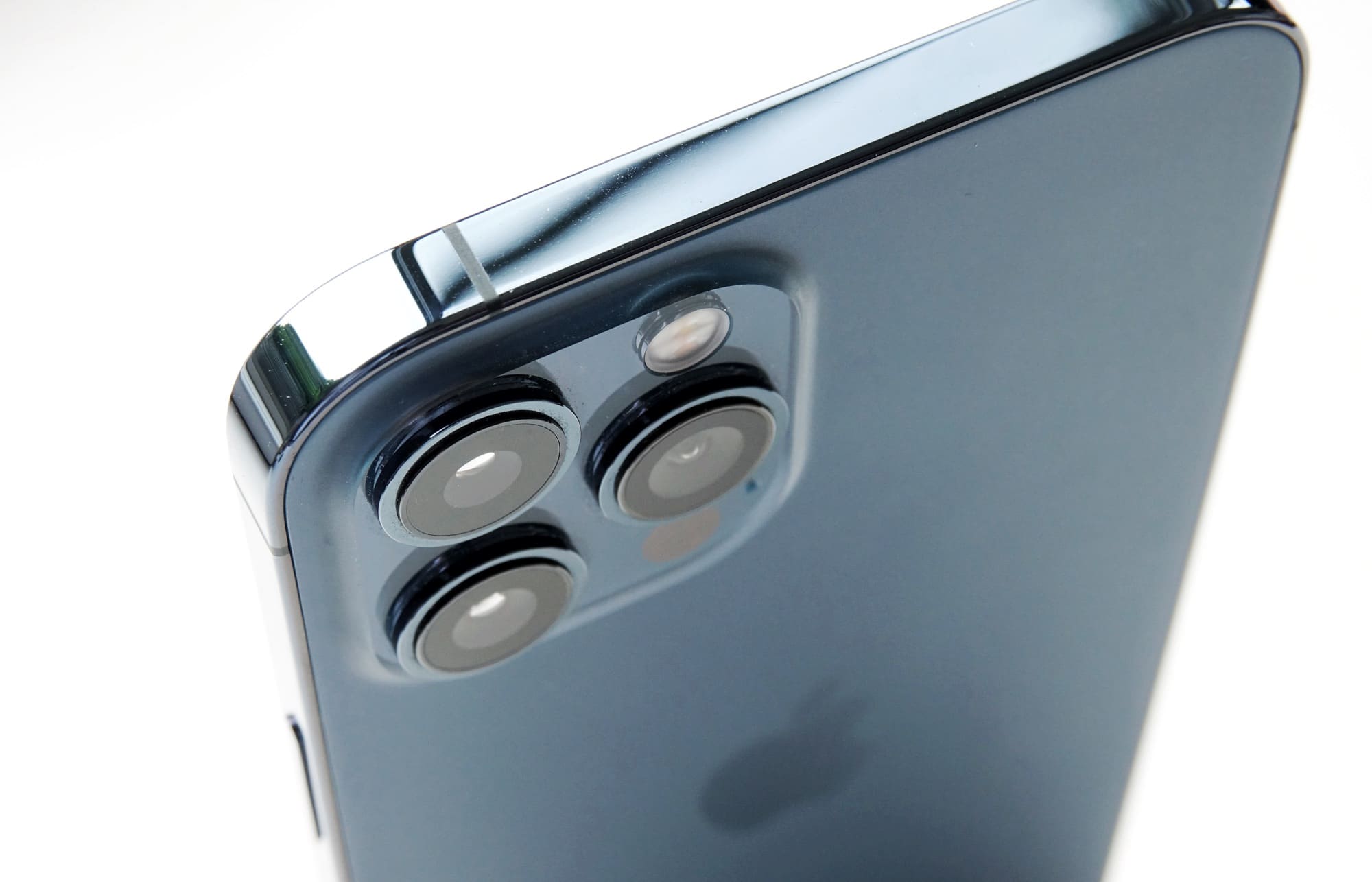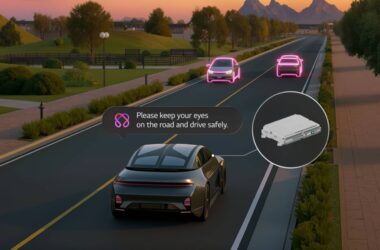People with blindness can make their way across complex roads with the guide of a dog, but they may not need to for long, as digital bridges the divide.
Technology is touching our lives in so many ways, be it the convenience of having connectivity everywhere you go to all the great things it can assist people with.
Blindness appears to be the next thing on the technological assistance list, and Australia’s Guide Dogs Victoria has been working with software consultancy ThoughtWorks to come up with an innovation in the digital space that has the potential to change lives.
The concept being played with is essentially a digital cane, allowing those who may not have a guide dog the ability to approach and cross roads at what would be described as complex intersections without a dog, and instead just digital technology.
The cane itself isn’t your ordinary cane, but rather a sort of “smart cane”, with optical infrared sensors to pick up on the white lines painted on the road, sending vibration through the cane to the person holding it, allowing them to work out where the edges are and where not to cross.
“There are around 200,000 Victorians with low vision or blindness, and our aim is to find new ways to improve their lives, whatever their age or the cause of their vision loss,” said Guide Dogs Victoria’s Alastair Stott.
“Enabling people with low vision or blindness to so something as simple as identifying a white line on a road crossing has massive implications for their quality of life, so we’ve partnered with ThoughtWorks to develop a digital solution that will help them do just that.”
The technology is mostly a prototype at this point, but Guide Dogs Victoria is now looking into funding for the commercial production of its technology, with the SensaCane (as it’s being called) hopefully built for the people that need it in the near future.


